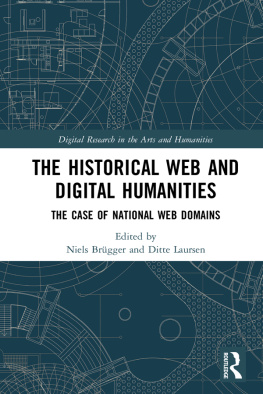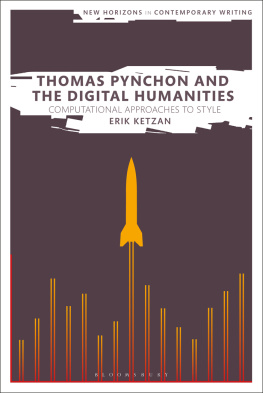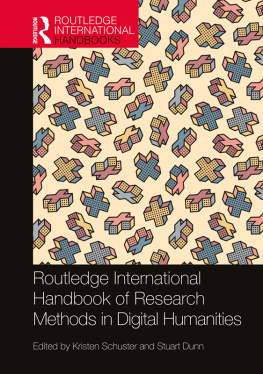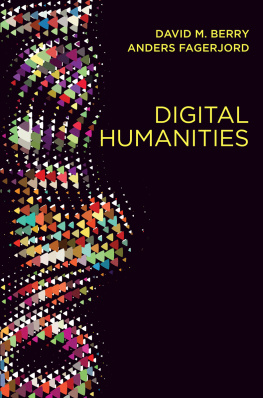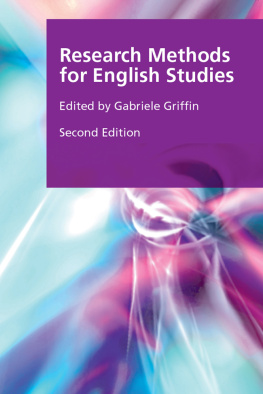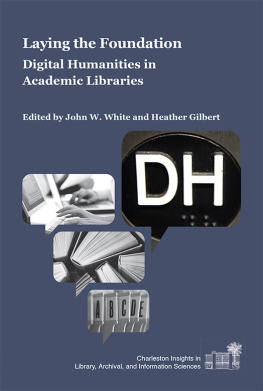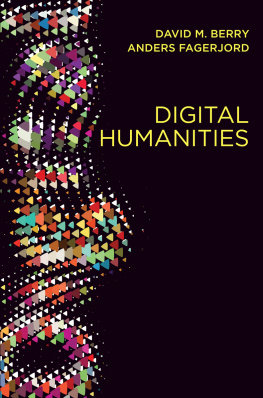lewis levenberg - Research Methods for the Digital Humanities
Here you can read online lewis levenberg - Research Methods for the Digital Humanities full text of the book (entire story) in english for free. Download pdf and epub, get meaning, cover and reviews about this ebook. year: 0, publisher: Springer International Publishing, genre: Politics. Description of the work, (preface) as well as reviews are available. Best literature library LitArk.com created for fans of good reading and offers a wide selection of genres:
Romance novel
Science fiction
Adventure
Detective
Science
History
Home and family
Prose
Art
Politics
Computer
Non-fiction
Religion
Business
Children
Humor
Choose a favorite category and find really read worthwhile books. Enjoy immersion in the world of imagination, feel the emotions of the characters or learn something new for yourself, make an fascinating discovery.
- Book:Research Methods for the Digital Humanities
- Author:
- Publisher:Springer International Publishing
- Genre:
- Year:0
- Rating:4 / 5
- Favourites:Add to favourites
- Your mark:
- 80
- 1
- 2
- 3
- 4
- 5
Research Methods for the Digital Humanities: summary, description and annotation
We offer to read an annotation, description, summary or preface (depends on what the author of the book "Research Methods for the Digital Humanities" wrote himself). If you haven't found the necessary information about the book — write in the comments, we will try to find it.
Research Methods for the Digital Humanities — read online for free the complete book (whole text) full work
Below is the text of the book, divided by pages. System saving the place of the last page read, allows you to conveniently read the book "Research Methods for the Digital Humanities" online for free, without having to search again every time where you left off. Put a bookmark, and you can go to the page where you finished reading at any time.
Font size:
Interval:
Bookmark:
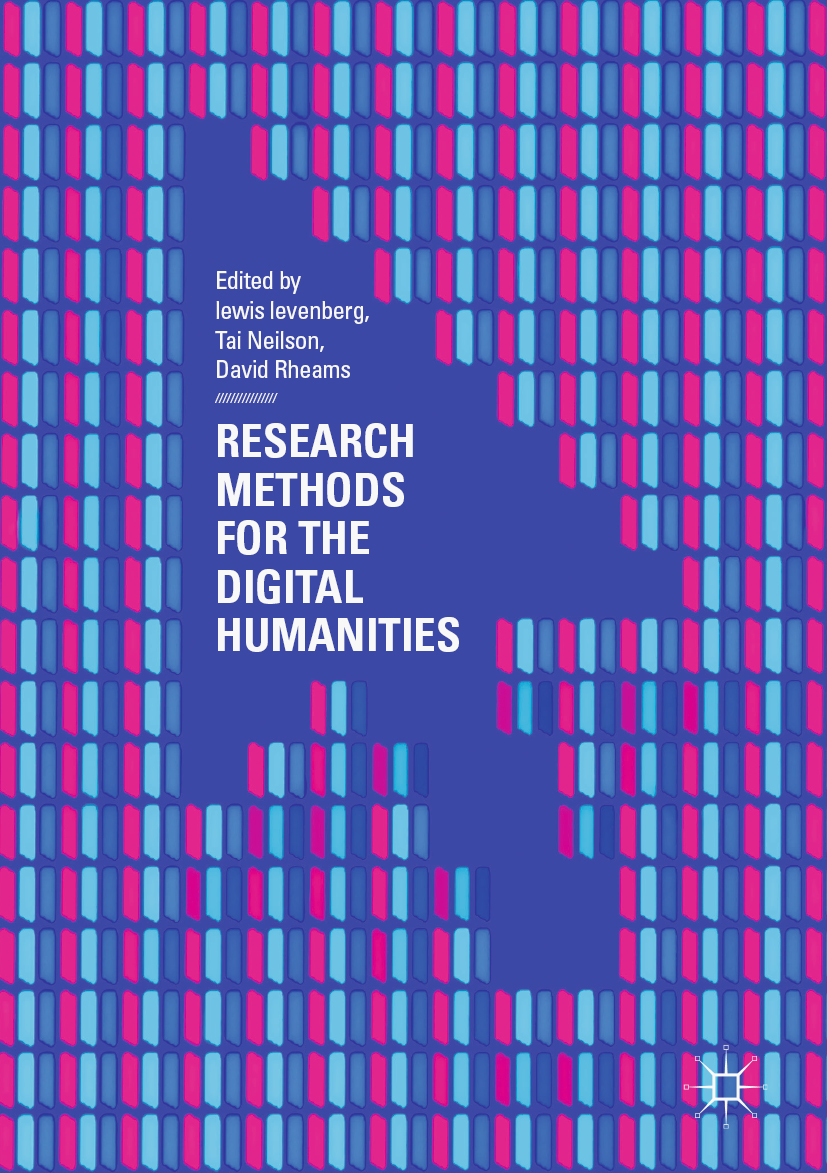

Cover credit: Photoco
This Palgrave Macmillan imprint is published by the registered company Springer Nature Switzerland AG
The registered company address is: Gewerbestrasse 11, 6330 Cham, Switzerland
work in moral psychology encompasses subfields in both philosophy (ethics, epistemology, philosophy of science, philosophy of mind) and social science (social psychology, personality psychology). He is ecumenical about methods, having used modal logic, questionnaires, tests of implicit cognition, incentivizing techniques borrowed from behavioral economics, neuroimaging, textual interpretation (especially of Nietzsche), and Digital Humanities techniques (text-mining, archive analysis, visualization). He has experience working with R, Tableau, and Gephi.
is an Associate Professor of Sociology and Director of the Center for Theory at the University of Texas at Arlington. His research addresses the impact of digital technology on society and culture with a specific focus on music. Arditi is author of
Font size:
Interval:
Bookmark:
Similar books «Research Methods for the Digital Humanities»
Look at similar books to Research Methods for the Digital Humanities. We have selected literature similar in name and meaning in the hope of providing readers with more options to find new, interesting, not yet read works.
Discussion, reviews of the book Research Methods for the Digital Humanities and just readers' own opinions. Leave your comments, write what you think about the work, its meaning or the main characters. Specify what exactly you liked and what you didn't like, and why you think so.


